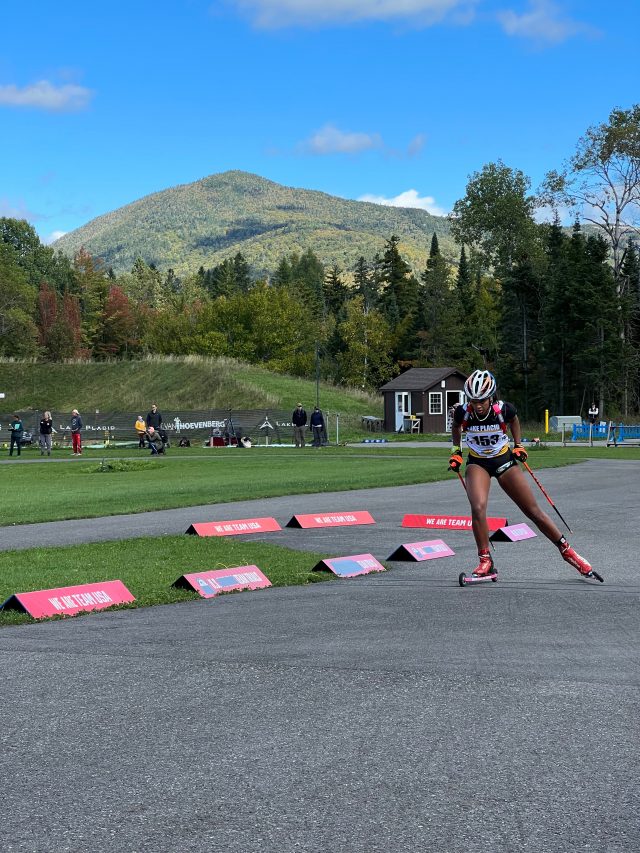
As the new Director of Sport Development for the US Biathlon Association (USBA), John Farra’s career is coming full circle (maybe even for a second or third lap). As he enters this newly established position within USBA, Farra reflects on decades of involvement—as athlete, as coach, as administrator—within the multi-faceted world of nordic skiing and Olympic/Paralympic sport. An alumnus (and former coach) of the University of Utah, a member of the 1992 Winter Olympic Team in Nordic skiing, Coach and Vice President of the Maine Winter Sports Center), High Performance Director for US Paralympic Nordic Team, High Performance General Manager for USA Triathlon, and Nordic Director for US Ski and Snowboard, Farra has spent his life on snow. Now he’s ready to make sure others have the same opportunity.
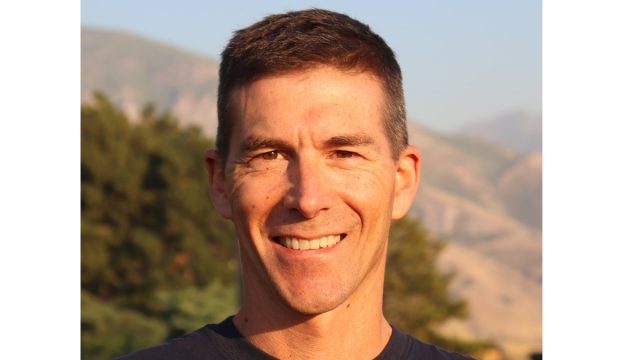
“USBA stakeholders got together and created a strategic plan for 2030, a long view plan for how USBA can be one of the best governing bodies in the USA,” Farra said. “A core foundational component of that effort is the need to have more young people find the sport of biathlon.”
FasterSkier caught up with Farra on his drive from Utah to Colorado to investigate the potential for developing a biathlon range in Steamboat, already a winter sports Mecca, but one without a dedicated biathlon facility.
“Established ski clubs—like the Steamboat Springs Winter Sports Club—seem like a logical place to start,” Farra said. “There are already effective clubs around the country. Now, what can the USBA do to support their efforts, and to introduce young athletes to the sport?”
He’s been thinking that way for a long time. Near the beginning of his long career, one of Farra’s earliest administrative roles was as Director of the Maine Winter Sports Center (now called the Outdoor Sport Institute).
“Maine is an environment well-suited to the development of young biathletes: much of this massive state is covered in snow for half the year, and nearly every youngster knows how to handle a rifle. It made perfect sense to develop the sport in a community like that. So, my new role with USBA is like turning the clock back; revisiting a part of my life that I really enjoyed, introducing young skiers to a sport that I love. I’m hoping that the things I learned back then will come back to me.”
USBA’s new plan includes three objectives to which Farra will respond:
- The need to support existing biathlon clubs. USBA sees that the club is the thing that’s sustainable: gatherings of passionate people who love biathlon.
- The need to identify and support nordic communities that haven’t yet figured out how to add biathlon for their participants. How many new clubs can we help develop? And where are there nordic communities that haven’t yet figured out how to add biathlon to their programs?
- And, the need to identify talented skiers who might excel at—and enjoy—biathlon. Where do we find the athletes? How do we find the kid who just hasn’t yet discovered that they should be a biathlete?
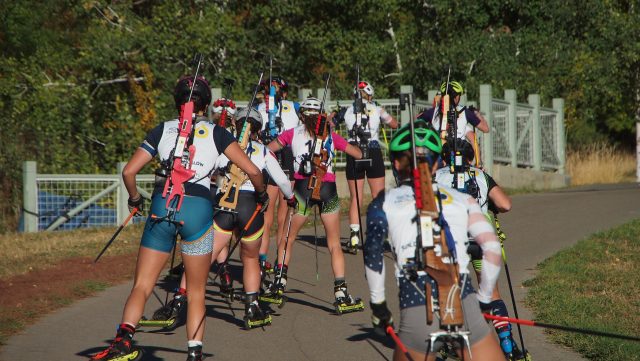
“Some communities have the people, but not the venue,” Farra said. “Others have the venue but not the people. I’ve already had conversations with communities who might not know how to start. My job is to show them the possibilities, and to assist them in getting it done.”
Sometimes, “getting it done” means building new facilities (like Steamboat is considering). More often, it means developing programs and events that can introduce young skiers to biathlon without exorbitant financial commitments—maybe it’s the incorporation of pellet rifles, or laser rifles, or the staging of paintball biathlons (like the annual NENSA/Bill Koch League event that has been so successfully staged at Mountaintop Resort in Vermont). Farra’s goal is to provide opportunities for young skiers, to start them off early in their exposure to biathlon.
“We’re not here to steal skiers from cross country clubs,” Farra said. “In the past, there may have been defensiveness or concerns about that, but not everyone is a fit for biathlon. We don’t want to take opportunities away from young athletes. We want to provide athletes with even more opportunities than they might otherwise have had.”
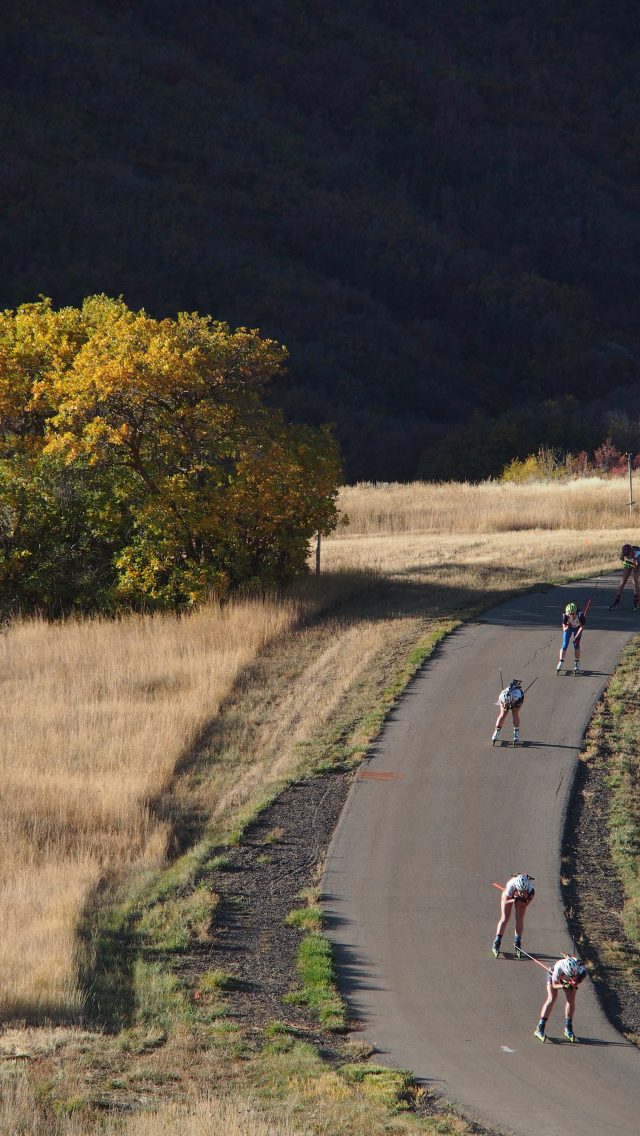
There are high level athletes in the US Biathlon program, most of whom began focusing on biathlon as post-collegiate skiers. Such American biathletes have experienced great success, but it’s logical to assume that athletes who begin mastering biathlon skills at a younger age will stand an even better chance of succeeding at even higher levels of the sport. Farra is determined to show young skiers what might be possible.
“The pathway from entry level biathlon to the Olympic Trials is amazingly short at the moment,” he says. “There’s so much opportunity there.”
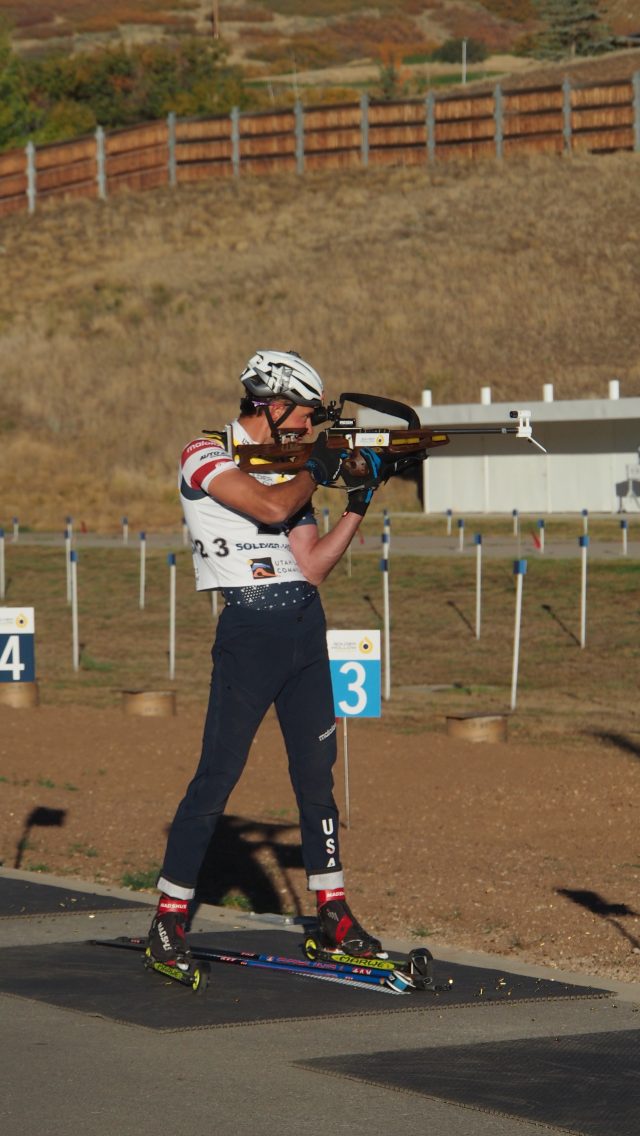
For additional information—or to discuss particular possibilities—John Farra is available to the nordic/biathlon community via email: jfarra@usbiathlon.org. Those conversations could result in some very big opportunities and outcomes for individual athletes, for interested clubs, and for the sport of biathlon in the USA.
John Teaford
John Teaford—the Managing Editor of FasterSkier — has been the coach of Olympians, World Champions, and World Record Holders in six sports: Nordic skiing, speedskating, road cycling, track cycling, mountain biking, triathlon. In his long career as a writer/filmmaker, he spent many seasons as Director of Warren Miller’s annual feature film, and Producer of adventure documentary films for Discovery, ESPN, Disney, National Geographic, and NBC Sports.



